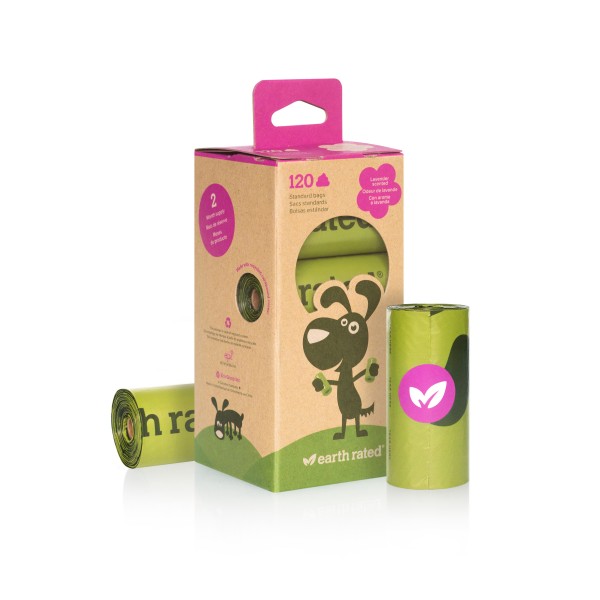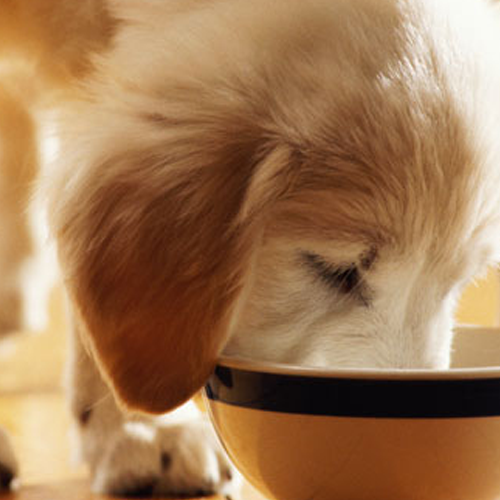
Budgies are native to Australia. They were discovered by British ornithologist John Gould who exported them to England in the mid 1800’s. Large quantities were imported by Europeans who built breeding facilities for these hardy little birds. Within forty years of their discovery, Australia enacted export restrictions. It is interesting to note that all the parakeets seen today come from the original budgies exported during this time. Early in the 20th century parakeets were introduced into the warmer climates of the United States where outdoor breeding is favorable.
Budgies are small birds with a wing span of about 12 inches. They usually measure about 6 to 8 inches in length and weigh about one ounce. Since the budgies is a member of the parrot family, they have the same characteristics. It is very easy to distinguish the sexes in the adult budgies. The males have a blue cere (the upper part of the beak) while the females have a rose, or pink, cere.
Since the budgies is a very active, climbing bird, the cage should be as large as possible and have horizontal bars, narrowly spaces to prevent the bird from sticking his head outside. The cage should be large enough to enable the bird to stand on any perch without the tail or open wings touching the sides or perches. The should be enough room for exercise, and toys and accessories. The perches should enable the feet to completely encircle them. Sanded perch covers, to keep the nails trimmed, can be used. Additional treat cups can be added to provide a varied and balanced diet. Gravel paper, or gravel (necessary for the parakeet to digest its food), can be used on the bottom of the cage. Gravel can be provided in a treat cup.

Keep the cage in a location that will provide you pet with some indirect natural sunlight. Never keep the bird in direct sunlight for extended lengths of time because this can case dehydration or heat stroke. Keep the cage off the floor to prevent drafts, in a quiet area of the home to provide the bird with a sense of security. The budgie is a playful bird and should have toys made of plastic or wood to gnaw on. Mirrors can be used to entertain the bird, providing him with a companion. Cover the cage at night because birds roost at dusk.
The cage should be cleaned thoroughly once a week using soap and warm water to clean the cage and bars. In addition, clean the bottom of the cage daily if possible and replace gravel or paper. The seed cup should be checked daily, the empty seed hulls removed and the seed replaced. The water container should be washed and rinsed thoroughly and refilled with clean water. Do not wash the perches, but clean them using a special perch cleaning brush.
Clean, fresh water should always be available. A basic, high quality, seed should be available at all times. The cups should be located near the bottom of the cage because the budgie is a ground feeder. You should also sprinkle some gravel on the bottom of the cage. Remember to vary the diet. The parakeet in captivity cannot forage for food so the choice of food is up to you. The treats that you add to the budgie’s diet are necessary for complete nutrition. Honey sticks, millet sprays, oat groats, conditioning food or fruit and seed treats are just a few of the choices you have. Fresh fruits and vegetables can also supplement his diet including: slices of apple, orange or banana, celery tops and raw spinach. Remember to feed these treats in small portions. Uneaten portions should be removed promptly to avoid spoiling. Do not use lettuce.Cuttlebones and mineral blocks provide a source of calcium and minerals that are important in feather and bone development, and in keeping the beak trimmed. These should always be available to your bird. Excessive beak growth can inhibit the parakeet’s ability to eat properly. You can add food supplements or vitamins to the water or food.
Taming your budgie is a very simple task, once the bird has become accustomed to his new surroundings. The two most important aspects of training are to speak in a soft, soothing voice while working with the bird; and to work at training once a day. Trim one of the wings to make flying difficult (remember that flying in the home could be hazardous to your bird’s health: open doors, windows, or uncovered water sources could be potentially dangerous). Train the budgie to stand on your finger by slowly putting your hand in the cage with you index finger extended. If the bird becomes frightened, remove your hand slowly and wait until he calms down before you try again. Once he is accustomed to your finger you can attempt to pet him gently on the chest. Place your finger under his feet while he is standing on the perch and gently raise your finger in an effort to make the budgie step onto it. Once the parakeet feels comfortable on your finger, try to make him walk from one finger to another.
Since they are members of the parrot family, the budgie can be taught to talk. It is recommended that this be done after the bird has been finger trained, because then the bird will pay closer attention to the owner. The procedure is very simple, just repeat the word you wish the bird to say again and again, starting with simple words, like “Hi,” or “Hello.” Some parakeets can be taught tricks, with a little patience.
Your pet budgie is an easy bird to breed, the ideal time being the spring or fall. Make sure that you have a pair who are actively courting each other (feeding each other or just staying together in one section of the cage). Purchase a nesting box made specifically for budgies and attach it to the cage. There are usually between 3 to 6 white eggs, that will hatch in 16 to 30 days. Provide a nestling food or mash as a food supplement at this time. The female takes care of the young and there is little that you must do to help. Remove the chicks after they are self supporting, this is usually about 3 to 5 weeks after they hatch.
By paying attention to the normal activity level and the amount of food consumed, you can easily tell if your budgie is feeling well. The most dangerous problem parakeets, and most caged birds, face is drafts. Inactivity, diarrhea or shallow breathing are all signs of potential problems. Many products are available for combating bacterial or intestinal problems.
Prevent mites and lice from attacking you bird by using a bird cage guard. Washes and powders are also available for use in keeping these problems to a minimum. Moulting is normal in birds once a year, but extended moults or moults out of season could be a cause for concern.
The best prevention when dealing with caged birds is careful, attentive care. A proper diet, cages located in suitable locations, and companionship will all help you keep a healthy, active pet for many years.
There are many colors of budgies available today in addition to the traditional blue and green. Some of these colors include: Olive Green, Grey Green, White, Yellow, Sky Blue, Cobalt, Cinnamon, Albino, Lutino, Opaline, Violet, Yellow Face, Pied, Light Green, Dark Green and many others.
CANARIES BUDGIES FINCHES COCKATIELS














